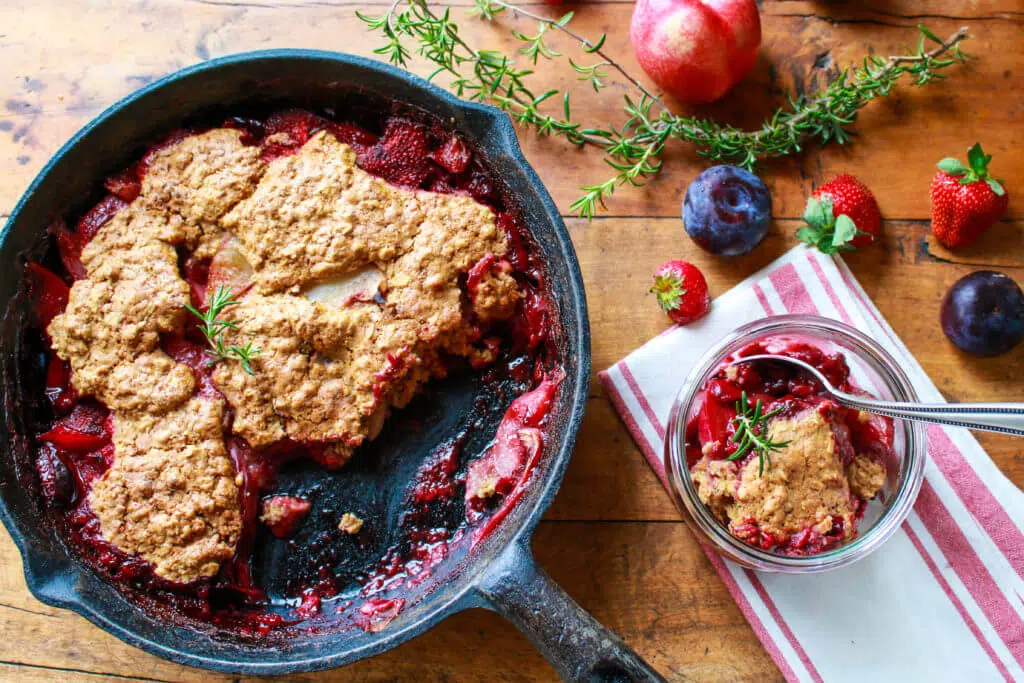Discovering Innovative Techniques for Seasoning a Freshly Manufactured Cast Iron Skillet
Seasoning a New Cast Iron Skillet A Step-by-Step Guide
Cast iron skillets have long been treasured for their durability, excellent heat retention, and versatility in the kitchen. However, before you can unleash the full potential of your new cast iron skillet, it’s crucial to season it properly. Seasoning not only protects the skillet from rust but also creates a naturally non-stick surface that improves with use. Here’s a detailed guide on how to season your new cast iron skillet, ensuring it serves you well for many years to come.
What You Need
To start the seasoning process, gather the following materials
1. A new cast iron skillet 2. Soap and warm water 3. A clean cloth or paper towels 4. High-smoke point oil (such as flaxseed oil, grapeseed oil, canola oil, or vegetable oil) 5. Oven
Step 1 Cleaning the Skillet
Even new cast iron skillets can sometimes have a protective wax or coating that needs to be removed before seasoning. Begin by washing your skillet with soap and warm water. While some traditionalists argue against using soap on cast iron, this first cleaning is essential to remove any factory residue. Use a soft sponge or cloth to scrub the surface; rinse thoroughly and dry completely with a clean towel.
Step 2 Applying Oil
Once your skillet is clean and dry, it's time to apply oil. Pour a small amount of your chosen high-smoke point oil onto the skillet’s surface. Use a clean cloth or paper towel to spread the oil evenly, covering the entire interior and exterior surfaces of the skillet. Be sure to apply a thin layer, as excess oil can result in a sticky finish.
Step 3 Baking the Skillet
season a new cast iron skillet manufacturer

Preheat your oven to 450°F (232°C). Place a piece of aluminum foil on the bottom rack of your oven to catch any drips from the skillet. Position your skillet upside down on the middle rack. The upside-down orientation helps prevent oil from pooling inside the skillet, resulting in a better seasoning finish. Bake the skillet for one hour; this heat allows the oil to polymerize and bond to the skillet’s surface, creating that coveted non-stick layer.
Step 4 Cooling Down
After baking, turn off the oven and let the skillet cool inside. This slow cooling process helps to solidify the seasoning and ensures that the skillet does not warp due to sudden temperature changes. Once the skillet is cool enough to handle, remove it carefully from the oven.
Step 5 Repeat
For optimal seasoning, it is advisable to repeat the oil application and baking process 2-3 times. Each layer of seasoning makes the skillet more non-stick and enhances its durability. Over time, with regular use and occasional re-seasoning, your skillet will develop a beautifully dark, smooth surface that makes cooking a delight.
Maintenance Tips
To maintain your seasoned cast iron skillet, avoid cooking acidic foods for a few months, as they can strip the seasoning. After each use, clean the skillet with hot water and a non-abrasive brush or sponge. Dry it immediately to prevent rust, and apply a light coat of oil to keep it in top condition.
Conclusion
Seasoning a new cast iron skillet is a straightforward process that will reward you with a reliable cooking companion for years to come. With proper care and maintenance, your skillet will not only enhance your culinary creations but also become a cherished item in your kitchen. Embrace the tradition of cast iron cooking and enjoy the rich flavors and sturdy craftsmanship that only a well-seasoned skillet can provide!
-
Why Every Kitchen Needs a Casserole Cast Iron DishNewsJun.24,2025
-
Experience the Tradition and Quality of Cast Iron CookwareNewsJun.24,2025
-
Double Sided Cast Iron Grill PanNewsJun.24,2025
-
Cast Iron Dutch Ovens You’ll Actually UseNewsJun.24,2025
-
Buy Cast Iron Griddle for Everyday CookingNewsJun.24,2025
-
Barbecue Iron Grill Cooking PowerNewsJun.24,2025
-
Standard Product Lines from Cast Iron Cookware SuppliersNewsJun.11,2025
